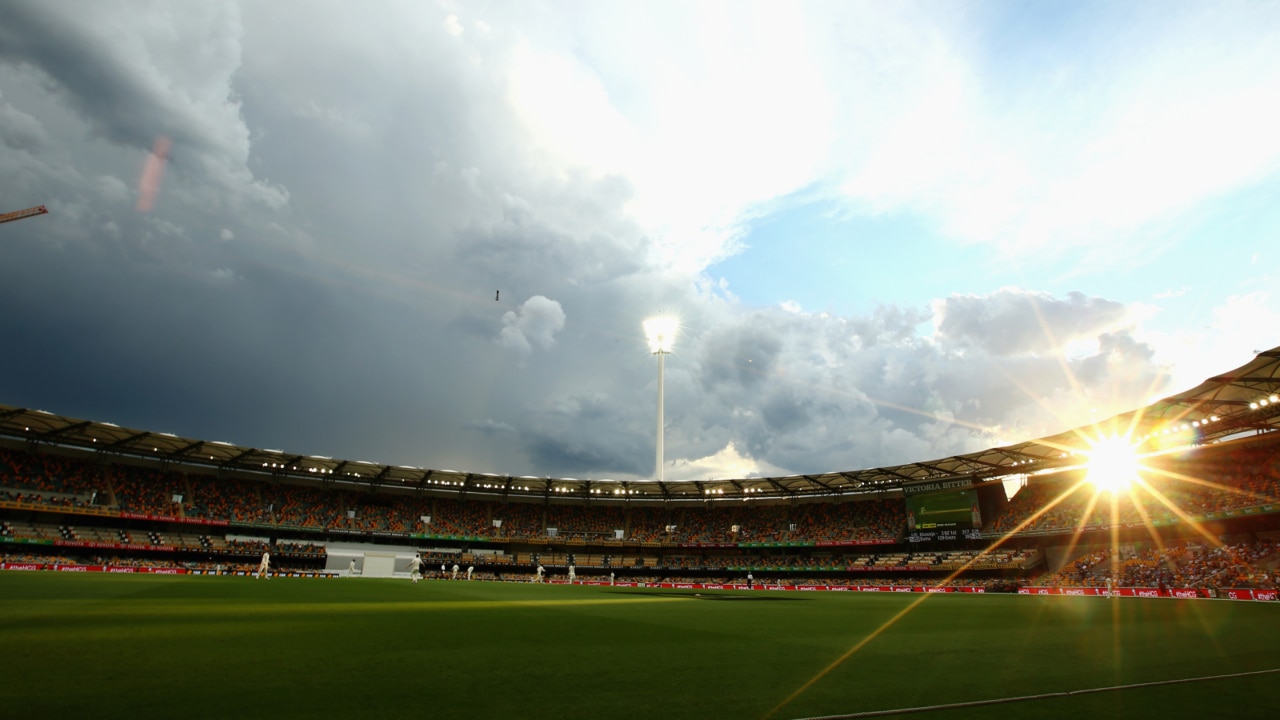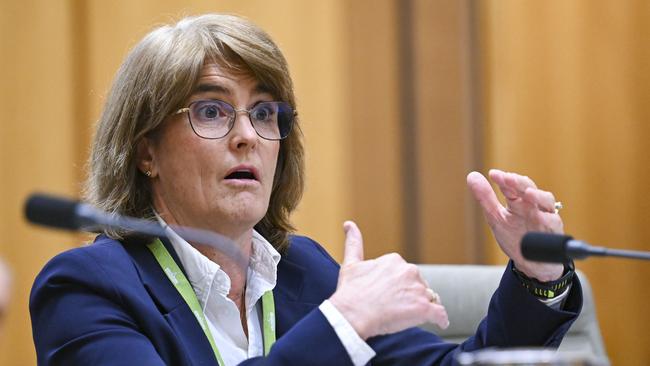Albanese could be hit as CFMEU price hikes for Brisbane’s Olympic work take a toll


The CFMEU’s alleged links with organised crime provided the cash to pay fines and support their political causes, but it also gave the union the firepower to make Australia one of the most expensive countries in the world to build infrastructure and commercial buildings.
Pressure from the media is forcing ALP governments to end the CFMEU’s alleged links with organised crime, but the legacy of this criminal behaviour is not only extraordinarily high pay rates, but work practice and productivity blockages which helped costs to skyrocket.
These are not being tackled by governments, and this week’s announcements show the most tragic casualty looks to be the 2032 Olympic Games in Brisbane.
This should alert Queenslanders CFMEU practices have the potential to create similar damage in the Sunshine State as in Victoria.
And the opinion polls must be alerting Anthony Albanese — he could also be a casualty.

In Queensland, the CFMEU gained full control of the commercial building industry and used their muscle and money to substantially increase direct wage costs, but worse, dramatically slashed productivity.
Now, Brisbane and the Gold Coast are the most expensive places to build large constructions in Australia, which is sad because both have Australia’s best approval systems which previously gave them a fantastic building cost advantage.
The exorbitant cost of building in Brisbane means the Olympics project has had to be scaled down, and at this point it looks very much like a “poor person’s” Olympics.
The original idea was to revamp the Gabba as a centrepiece, and the rough early cost estimate was $1bn.
CFMEU work practices helped increased that estimate to $2.7bn. But, the $2.7bn did not go far enough, and in the current CFMEU era the real cost is probably closer to $5bn. The government switched to other ideas.

The next alternative was a new stadium, with an estimated cost of $3.4bn. Again, the likely real cost under CFMEU rules could be double. So, it is back to the 1981 Commonwealth stadium with some temporary renovations and a train line.
Around Australia the abundant riches of the CFMEU have become the money powerhouse which helps fund the left wing of the ALP, which controls most ALP governments.
In Victoria, the CFMEU power is so great the ALP government, on coming to power a decade ago, spent more than $1bn cancelling the east-west link freeway project because it was not CFMEU-driven. They also allowed the rival unions to be thrown out of the Westgate tunnel project, and so boosting the costs.
And now to keep the CFMEU fully occupied for a decade or so, someone dreamt up a suburban rail link which goes nowhere and has an official cost estimate of $60bn, but the final figure will be much more than that — at least $120bn — and will keep Victoria poor for another generation or two.
Victorians voted the Andrews government to power for a third term, knowing all the warning signs. They are paying the price.

The nation can be thankful one of Victoria’s best former premiers, Steve Bracks, appears to have kept the organised crime in the union clear of the Cbus superannuation fund.
Bracks was chairman of the Cbus trustees for 13 years until 2021 when former Federal Treasurer Wayne Swan became chairman. I believe Swan will aim to be just as good as Bracks at separating the superannuation fund from the corrupt union.
At last, Victorians are waking up to the cost they must pay for the CFMEU funding of the ALP.
In the latest Morgan opinion poll, there was a sharp swing against Albanese in Victoria, particularly among women, which was sufficient to show the Coalition would win the next election — but it was close.
The initial journalism which made public the CFMEU link with organised crime came from former Fairfax newspapers, plus the Nine television operation. Media outlets around the country have added many new twists to the alarming organised crime story.
Given the importance of the CFMEU in funding the ALP’s left wing this is a very dangerous situation for Albanese particularly. As I pointed out earlier this month, the government stimulation has helped create an upturn in the economy which is likely to defer interest rate falls and might even trigger interest rate rises.
Fascinatingly, while in June there was widespread spending from those not under mortgage or rent stress, in July it steadied but was replaced by a great desire to travel, including travelling within Australia.
The retail sector is hoping that the upward momentum will continue in August, but are wary of what the Reserve Bank might do.

This upturn is reflected in a big rise in the Morgan-ANZ consumer confidence index — exactly what the Reserve Bank does not want.
Business confidence is uneven. Credit Watch’s Business Sentiment survey shows more than three quarters of medium and large enterprises describe their current financial health as good, or very good.
But, sadly, smaller family businesses are suffering badly with more than half struggling. And as I reported earlier this week, the Albanese government has constructed the 700-page industrial relations legislation to be particularly hard on family business.
The industrial relations legislation blows are not yet understood by family business, but they do understand the relentless cost rises often created by the government energy and other policies.




